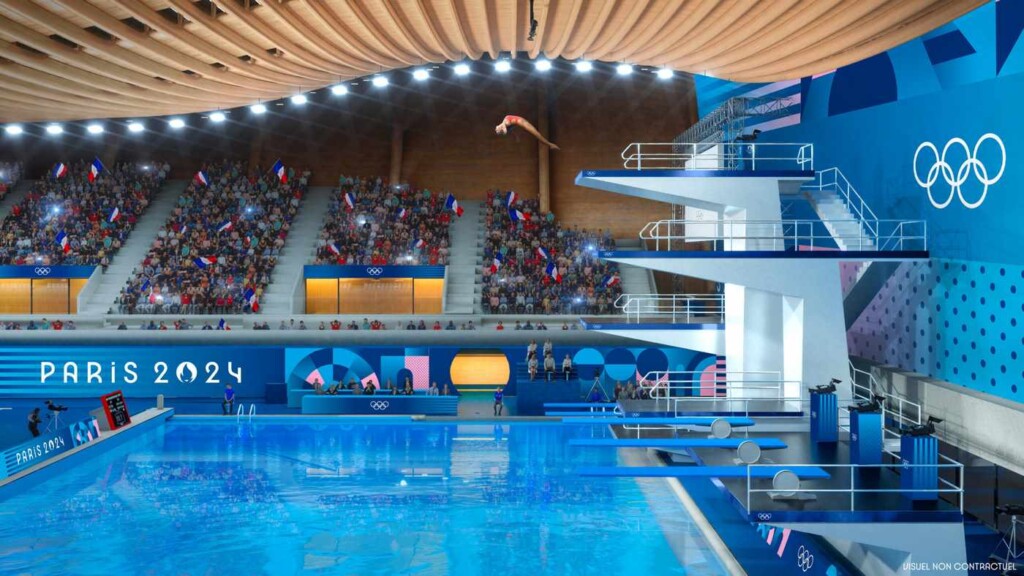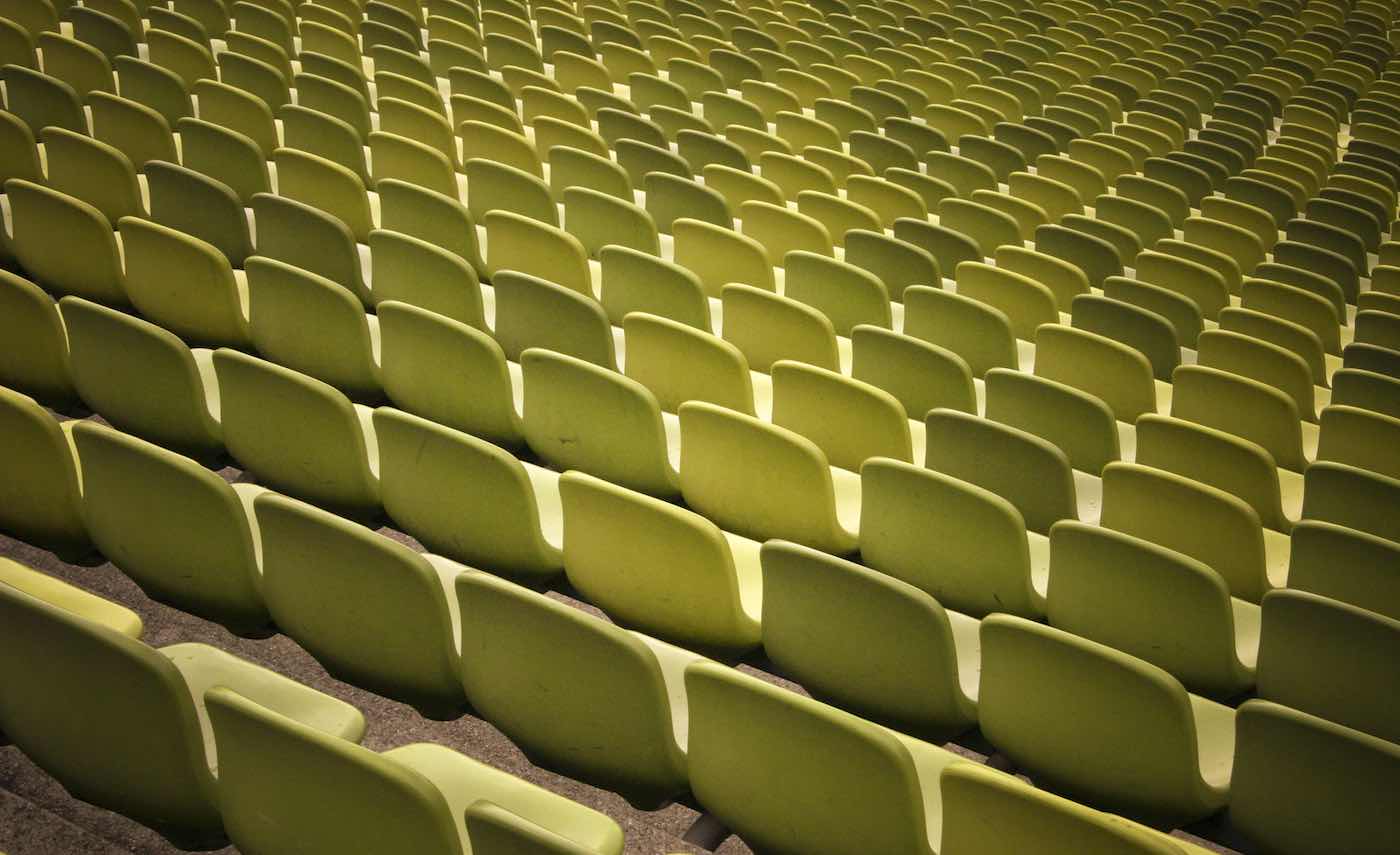
Spectators of the 2024 Summer Olympics in Paris will be watching the aquatic events from seats made of plastic collected in recycling bins from around the area.
In fact, 80% of the 100 metric tons of plastic needed to make the seats came from a single neighborhood—which is also where it’s being processed into new material by a firm called Le Pavé.
“It’s collected in Seine-Saint-Denis, shredded in Seine-Saint-Denis, processed in Seine-Saint-Denis, all for a swimming pool that’s still in the area,” Augustin Jaclin, co-founder of Lemon Tri, the company which collects the recycling, told Euro News.
Numerous tests have been carried out on the chairs, which include UV resistance, fire resistance, and toxicity, but also mechanical resistance tests to see how well they remain anchored to the floor under persistent attempts to rip them off of it—perhaps by a drunken angry spectator.
Marius Hamelot, co-founder of Le Pavé, said that in the lead-up to the Olympics, manufacturers have been encountering problems getting a hold of new plastics, so they switched to using waste streams. One rich vein in particular was soda bottle tops, of which 5 million were shredded by various companies looking to produce infrastructure like seating for the games.
“It’s a huge communication tool,” says Augustin. “When we tell children to come and put your bottles in the bins, tomorrow they’ll be in the seats of the Olympic swimming pool, it raises awareness [of waste recycling].”
MORE NEWS FROM FRANCE: World’s First Non-Polluting Ferry Sets Sail From Marseille, France
Paris, and France at large, have set ambitious targets of sustainability for the games, hoping to reduce downstream emissions by half compared to the 2012 and 2016 games.
But their approach isn’t only about carbon, they’re also trying to advocate against general environmental degradation with a flagship effort to make the Seine swimmable for the first time in many decades so as to host the triathlon there.
As GNN reported earlier this year, the Seine was well on its way to being ecologically dead in the mid-2010s, and despite being immortalized in song, poetry, and art, the river had an unappealing green-brown color—typical of the waste it was subjected to.
MORE CLEVER RECYCLING: This Greek Island Replaced its Landfill with Recycling Plant That Now Reduces Waste by 85%
Tests from August and July of last year have found the water quality “overwhelmingly good,” making Parisians realize that for the first time in most or perhaps all of their lives, they can swim in their own river again.
SHARE This Great Example Of A Circular Economy With Social Media…




















